There is a large range of social media platforms, each with their own target audience, advertising quirks, and reporting options. You can spend a lot of time and money in creating your social media accounts, creating content, building your following and devising your campaign strategy, but with most social media platforms you run into problems when trying to test the effectiveness of your work.
More Than Just Counting Followers
You may think growing your followers is enough, but, particularly if you’re going to the expense of paying for advertising campaigns, you want to be clear on your goals - and you really want to make sure you are achieving those goals. Ultimately, the reason most organizations want increased followers isn’t that they’re narcissists, but because they are hoping to turn those followers into consumers. Even if you have increased your follower count dramatically, if you have targeted the wrong audience, those followers will not be helping your business to grow. You want engaged followers, who interact with your posts and who click through to your products or services. Still unsure about followers? Click here.
More Engagement = More Views
An interesting quirk of many social media platforms is that the more engaged your followers are the more the platform thinks people want to see your posts, so the more people in and outside of your current followers will be shown your information – this is particularly true with Facebook and it’s “popular on Facebook” feed.
Why You Need Good Reporting
So, how do you know if you have an engaged audience? Likes, comments, and shares are an obvious metric, but with good reporting, you can see what else your followers are doing – and how you compare to your competitors. If you look at the third-party through social media reporting tool - ReportGarden – you can see the range of information that you can, and should, be harnessing from your social media platforms.
More Professional
It may seem like a small thing, but if you are showing your social media data to anyone outside of your immediate team, having a well-designed document like those from sites like reportgarden.com, which is branded with the company’s logo and style creates a more professional impression. This actually means that the data you are trying to convey is more likely to be acted upon (and hopefully your marketing budget therefore approved).

Which Social Media Platform Is Right?
Because of the range of different social media platforms available, many companies who don’t necessarily understand the ins and outs of social media marketing are trying to make sure that they are across all of them. New platforms come and go quite often, but you want to make sure that you are on the platform that your target market is on. When you are creating a review of social media platforms you need to be able to compare the platforms you are on and work out not only which one has the most engagement, but really which one is generating the most customers.
Can you compare your platforms and generate reports for:
Targeted Campaigns
When developing your advertising campaign if you can make sure that you are targeting the audience most likely to deliver your goals you will be on the way to creating a successful campaign. There is where good reporting and A/B testing comes in. Across all social media platforms, you can run versions of the same campaign and target it to different audiences. Once your campaign has run look at the data you are able to gather to create your ideal audience for any future campaigns. Age, gender, language, location, even interests; all of this information can be used to fine tune who sees your advertising. This is particularly important if you are paying on a cost-per-impression (CPM) rate, but you also don’t want people who aren’t really all that interested in your product/service in clicking your ad and then not purchasing if you are looking at a cost-per-click rate https://en.wikipedia.org/wiki/Cost_per_impression.

Clear Goals
Before you start a campaign on social media work out exactly what your goals are, some of the more common goals include:
- Gain followers.
- Increase engagement.
- Having people sign up to a mailing list.
- Have people buy your product/service.
- Have people visit your website.
- Increase brand awareness.
Not only be clear on what your goals are but be sure to understand why this is your goal. Try not to get too bogged down with goals, stick to one and make it your focus. You are going to be able to use the data you gather during and after your campaign to plan future goals. Social media campaigns, like this, can be very effective if managed well.
Be Adaptable
If you are looking at social media reports from reportgarden.com in near to real time, you are able to watch how your campaign is going. If you have an ad running on a platform that is performing dreadfully you can pull it early or adjust it to get better results.
Understanding Social Media Reporting
One of the problems with evaluating social media reports is actually understanding what it all means. Most people can work out what increased followers looks like, and it’s not too hard to work out what your cost per impression is – but what does it actually mean? If you have a campaign which only increased followers slightly, but you saw an increase in purchases from your website, was the campaign a success? At first glance you might think the campaign was a failure because of the slow growth, but when you delve into the reports you could see that the campaign caused a direct increase in sales, thereby making it successful by most standards.
Time Frames
There is a range of statically information you can gain from any social media platform, and by filtering it for a time range you can work out when your most effective time to post is. Although the platform might tell you when your audience is online, this doesn’t necessarily translate to the best time to post for best engagement. If you are able to analyze time, days, weeks even months, you can work out the best time for casual memes versus the best time to run serious promotions. Wednesday lunchtimes might be great to put up a branded funny that will get shared, but if you are able to look at data over a longer period of time you might find that the last week of May is the best time to run your big yearly sale.
Related Posts
Community manager at Visual Contenting. Jacqueline loves to talk about social media trends, new technology and how they help businesses accelerate their marketing efforts.

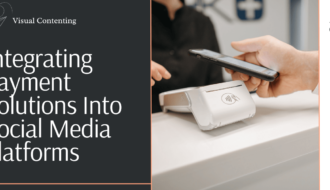


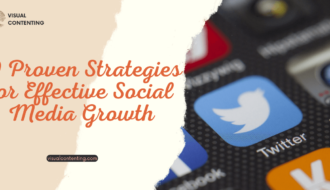
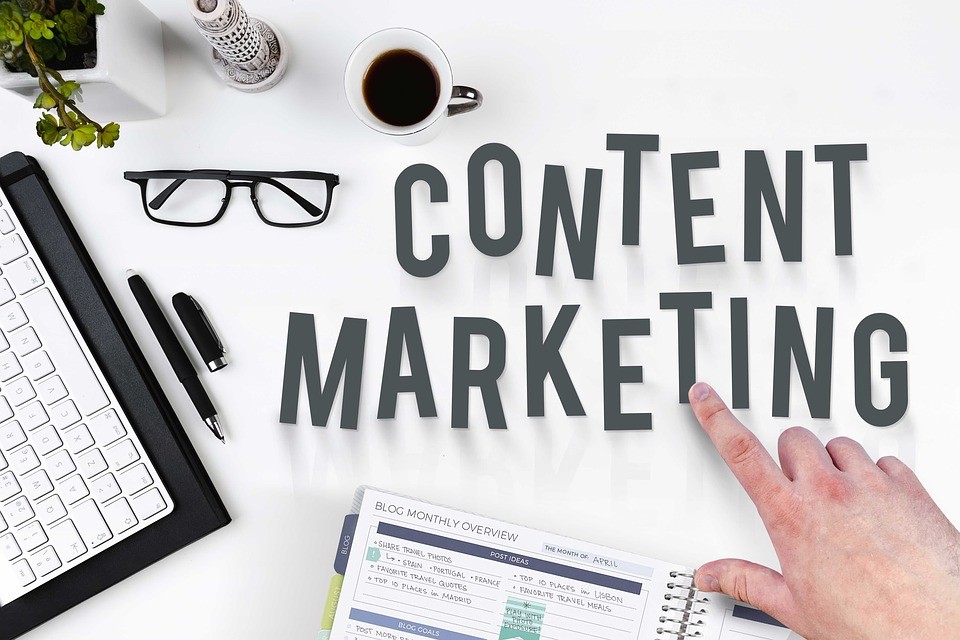
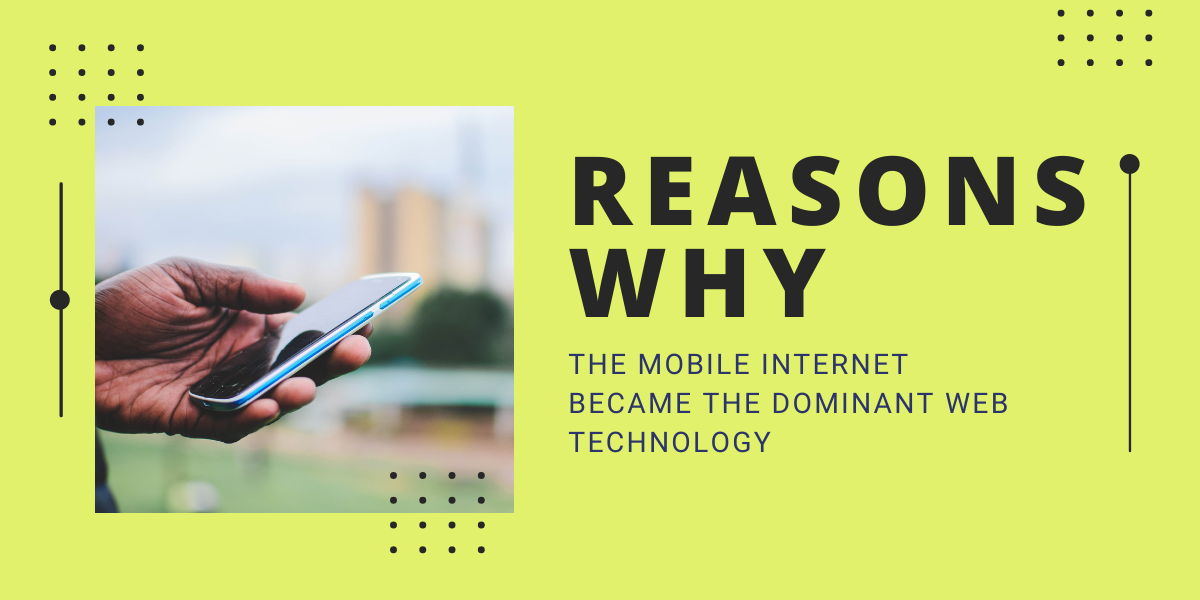
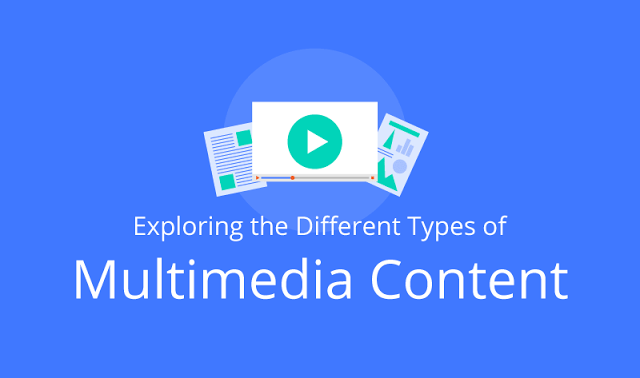
[…] Using Social Media Reports to Optimize Your Marketing […]